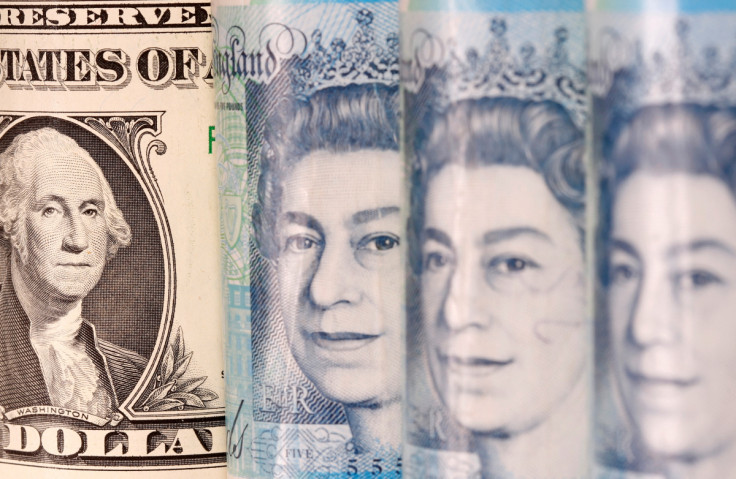Sterling Stands Tall After UK Policy U-turn; Aussie Wobbles Before RBA

Sterling rose to a fresh post-budget high on Tuesday in Asia, weighing on the broader U.S. dollar index, as the UK currency extended its recovery a day after the British government capitulated on tax cuts.
The Aussie dollar retreated from near the top end of its recent range against the greenback ahead of a central bank decision later in the day, with traders split on the odds of a quarter point or half point interest rate rise.
The U.S. dollar also lost some support from a slide in Treasury yields as local economic data showed a slowdown in manufacturing, hinting that aggressive Federal Reserve rate hikes are already being felt. [US/]
Sterling was little changed at $1.13265 after earlier reaching $1.13435, the highest level since Sept. 22, the day before the new government roiled markets with its mini-budget of massive tax cuts funded by expanded borrowing.
British Prime Minister Liz Truss was forced to back down from the plan on Monday amid a party rebellion.
The euro also hovered close to the highest since Sept. 22, last changing hands 0.07% stronger at $0.9827.
The dollar index, which measures the currency against six peers including sterling and the euro, was 0.07% firmer at 111.63, but still close to Monday's low of 111.46, a level last seen on Sept. 23. It had soared to a two-decade high of 114.78 last Wednesday.
On Monday, the Institute for Supply Management's (ISM) survey showed U.S. manufacturing activity was the slowest in nearly 2-1/2 years in September as new orders contracted, with a measure of inflation at the factory gate decelerating for a sixth consecutive month.
Commonwealth Bank of Australia, though, predicts sterling's respite will be short-lived, and that the dollar rally has further to run.
Over the coming month, "USD can remain elevated as the FOMC (Federal Open Markets Committee) continues to hike aggressively and (the) global economy enters recession," CBA strategist Joseph Capurso wrote in a client note.
He also noted "global recession risks can push GBP down significantly" and "the weak UK economic outlook will keep GBP under pressure" over the medium-term.
The greenback was about flat at 144.64 yen, keeping below 145 after briefly popping above that level on Monday for the first time since Japanese authorities intervened to support their currency on Sept. 22.
Japanese finance minister Shunichi Suzuki repeated on Monday that authorities stand ready for "decisive" steps in the foreign exchange market if "sharp and one-sided" yen moves persist.
The Aussie fell 0.25% to $0.650, but was not far from the top of its range since Sept. 23 at $0.6537. It sank to a 2-1/2-year low of $0.63635 last week.
Traders place 41% odds for a quarter-point increase from the Reserve Bank of Australia (RBA) at its 0330 GMT interest rates decision, and a 59% chance for a half-point hike.
New Zealand's kiwi slipped 0.10% to $0.572, but was also still close to the top of its recent range. The Reserve Bank of New Zealand decides policy on Wednesday, and the market is fully priced for a half-point bump, while giving 23% odds on a 75 basis-point increase.
© Copyright Thomson Reuters 2024. All rights reserved.



















